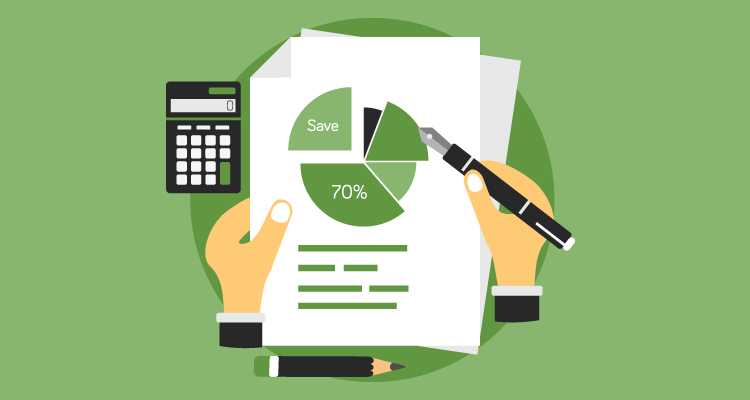Setting your rates is one of the trickiest parts of being a Small Business Owner. When it comes to freelance rates, there is no standard. Part of the perk of being your own boss is charging what works specifically for you.
How do you determine what your rates should be? It’s a different answer for each Small Business Owner. You need to include the costs of what it takes you to produce your work, as well as a large enough margin for you to profit off of your work. This is your livelihood; charging appropriately for it allows you to live your life and continue your work.
Table of Contents
ToggleHere are some things to think about as you set your small business rates.
Include Travel Time
If you have to spend your time getting to and from clients or projects, include that in your freelance rates. You wouldn’t be traveling if it weren’t for work, so it’s appropriate to charge for that. If you’re driving, you’re also putting wear and tear on your personal vehicle. It’s also ok to charge for that.
When you’re a small business owner, time is literally money. If you’re not working, you’re not earning. Charging for travel time means you are being compensated for the time that you are stuck behind the wheel, or on the bus.
Be Upfront About Edit Rates
If your work is eligible for edits, (like writers or graphic designers are), be very clear about how many rounds of edits are included in your price. If a client wants more than they originally paid for, be clear that more edits will cost more money.
When you make a deal with a client, include the number of edits that you’ll make on the original project. Include language that indicates how much further revisions will cost after that original number.
Not only does this protect your income, but it will lead to clarity and a strong relationship with your clients. Treat your clients with respect and they’ll do the same for you. Being up front also allows a client to know whether or not you are in their price range.
Include Taxes
If you are responsible for paying state sales tax, make sure to include that in your price. No client should balk since they pay sales tax on things like clothes or restaurant meals. It’s simply a part of the cost of doing business, and shouldn’t come from your profit margin.
The same also goes for fees from sites like Eventbrite. You can pass along the fees to ticket buyers, which you might choose to do. If your profit margins are slim, feel free to pass along the fees.
Know Your Monthly Income Needs
Knowing how much you need to live off of is critical. You need to know how much your life costs before you set your rates. If you need to make $5,000 a month in profit, that will help you determine your rates and the number of projects that you take on each month.
Set up a personal budget and a business budget. If you run a bakery, you need to charge enough to pay your rent and to buy ingredients. Having concrete numbers in front of you will help you determine the rate that you need to charge your customers.
Like I mentioned before, time is money for freelancers. How you charge your clients can be just as important as how much you charge. As a freelancer, you have a few different options.
Hourly Rate
You can charge clients an hourly rate for your work. This works well for people like social media managers or lawyers. You can set your rate depending on how much you can get done in an hour, and the level experience and expertise you bring to the table.
Flat Rate Fee
You can charge a flat rate fee for your work. For example, a freelance writer can say ‘I charge $100 per each 500-word piece.’ Setting a price associated with the levels of work you offer is a simple way to charge.
Monthly Stipend
If you are working with a client long term or doing a variety of tasks for them, you might want to consider charging a monthly stipend. Similar to a flat rate fee, this is a flat rate that you collect once a month. This type of charging works well if you are both creating and managing content for a client.
The secret to setting your freelance rates lies in assessing your financial needs and work abilities. What one freelancer charges is not necessarily the right rate for you. Figuring out your needs allows you to figure out your own rates. Charging for the complete package that you offer allows you to keep working as a freelancer.















